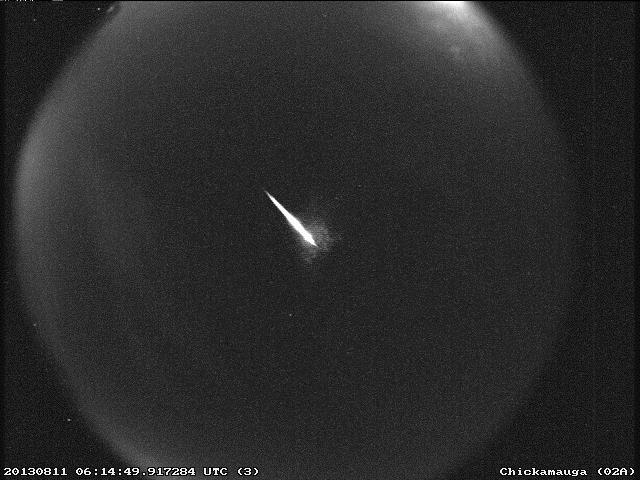Perseid Meteor Shower Watch Guide

Get ready — one of the best annual meteor showers, the Perseid Meteor Shower is coming up this August! This year, the skies look promising for excellent viewing opportunities. In ideal observing conditions, stargazers could see up to 100 meteors per hour at the shower’s peak!
How to Watch
When should you look for meteors? This year, the Perseids will peak very early in the morning of Thursday, August 12. The best time to view the Perseids will be from 11:00 p.m. on the night of August 11 through 3:00 a.m. on the morning of August 12. The Moon will set early in the evening on the 11th, so we will have dark skies and potentially very good viewing conditions. Under ideal conditions, observers may see up to 100 meteors per hour.
Where can you get the best view of the meteor shower? To view the Perseid Meteor Shower, try to find a clear-sky site that is far from city lights. It is best to find a comfortable position from which you can see large parts of the sky. We recommend lying on a blanket out in a grassy field on a mountain top for the ideal observing opportunity.
What do you need to see meteors? Forget the binoculars or telescope; meteors are best viewed with the unaided eye as they streak across large parts of the sky. Although the meteors will appear to come out of the east, from the constellation Perseus, the meteors can appear in any part of the sky.

What Causes The Perseid Meteor Shower?
The Perseid Meteor Shower is caused by small particles left behind by the periodic comet Swift-Tuttle. As the comet orbits around the Sun, it leaves behind a trail of dust, rocky grains and pebbles that form a particle stream also orbiting the Sun. Each year, the Earth passes through the particle stream around mid-August. As those particles enter and burn up in Earth’s atmosphere, we experience a meteor shower.





